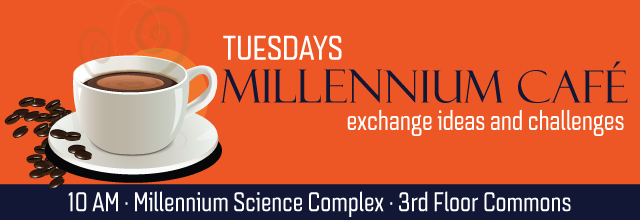
Recent electron microscopy instrumentation advances have aimed to push the resolution limit, leading to remarkable instruments capable of imaging at 0.5 Å. But, when imaging soft materials, the resolution is often limited by the amount of dose the material can handle rather than the instrumental resolution. Despite the challenges of working with radiation sensitive samples, recent developments in electron microscopy have the potential to transform polymer electron microscopy. For example, monochromatated sources enable spectroscopy and imaging based on the valence electronic structure, aberration correctors enable imaging of thick films, direct electron detectors minimize the required dose for imaging, and differential phase contrast imaging can map heterogeneities in electric fields within films.
